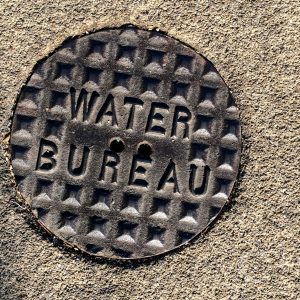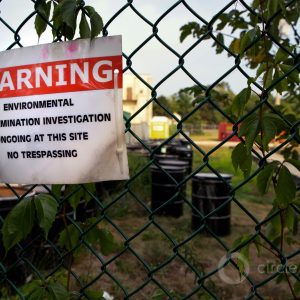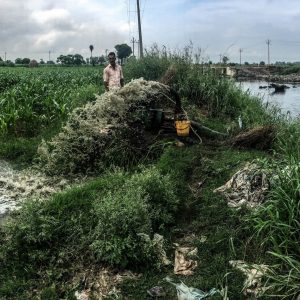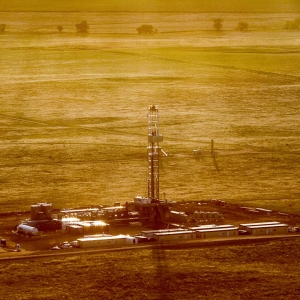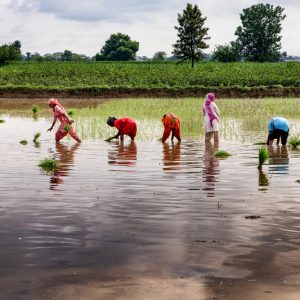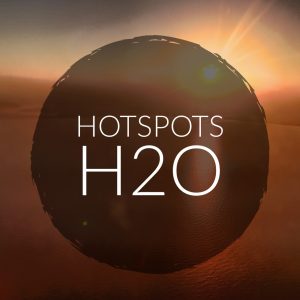 https://www.circleofblue.org/wp-content/uploads/2019/11/adobe-spark-post-5.png
630
1500
Brett Walton
https://www.circleofblue.org/wp-content/uploads/2018/06/Circle-of-Blue-Water-Speaks-600x139.png
Brett Walton2019-11-07 13:03:342019-11-19 10:29:37As Legionnaires’ Disease Cases Surge, Lawsuits Pile Up
https://www.circleofblue.org/wp-content/uploads/2019/11/adobe-spark-post-5.png
630
1500
Brett Walton
https://www.circleofblue.org/wp-content/uploads/2018/06/Circle-of-Blue-Water-Speaks-600x139.png
Brett Walton2019-11-07 13:03:342019-11-19 10:29:37As Legionnaires’ Disease Cases Surge, Lawsuits Pile UpThe Year in Water, 2019
Natural hazards strengthen. Governments struggle to cope.
By Brett Walton, Circle of Blue – December 3, 2019
Few communities and governments are sufficiently prepared for a future in which water supplies flip rapidly from abundance to scarcity.
Water infrastructure, policies, and institutions were rarely designed with historical climate variability in mind, let alone to keep pace with the dizzying swings in weather that are becoming more frequent and severe on a warming planet.
Warnings conveying that message came from all angles: the United Nations rang the alarm over melting glaciers; the World Bank called attention to the health and environmental damage of contaminated water; academic researchers revised upwards the number of people at risk from rising seas. In the middle of it all, millions of citizens filled the streets to demand action from their leaders against the planet’s most consequential long-term threat.
Life At The Extremes
Swollen rivers and dry reservoirs helped to illustrate the story in 2019. Towns in the American Midwest were submerged for months after several seasons of historically wet conditions. Flooded and sodden fields prevented farmers from planting nearly 16 million acres of corn and soybeans, mostly in the intensively cultivated Mississippi River watershed. In all, U.S. farmers could not sow nearly 20 million acres, a record high.
The deluge disrupted lives long after the rains stopped. The home of Tom Bullock, a commissioner in Holt County, Missouri, was surrounded by floodwaters in March. The water did not soon abate. Bullock told KMBC News that he spent most of the year visiting his property by boat.
On the opposite side of the world, Australia’s largest and most economically important river system, the Murray-Darling, is witness to terrifying heat and aridity. Brutal bushfires are torching New South Wales and Queensland, while tanker trucks deliver water to rural inland communities whose reservoirs are dry. All this even before the start of the southern hemisphere’s summer.
Where natural hazards are present, governments must respond. If they don’t, then the people suffer.
Where natural hazards are present, governments must respond. If they don’t, then the people suffer. Residents of Caracas, Chennai, and Harare are among those that suffered last year. Millions of people in those cities were afflicted with dry taps and inadequate water because of ineffective policies or corrupt managers. Disease outbreaks were often close at hand, especially in Venezuela, where water, sanitation, and healthcare systems are decaying under the Maduro government.
In Chennai’s case, unchecked urban development in recent decades paved over wetlands and lakes. Disregard for the land’s natural contours, a problem in other rapidly growing megacities, aided a water crisis. In June, after three consecutive subpar monsoons, the city’s main reservoirs were empty. The deficit, however, was short-lived. Today, after days of heavy rain, several districts are underwater, recalling horrendous flooding in 2015 that displaced more than a million people.
The Clock Ticks
One response is to flee. That is a partial answer in Indonesia, where President Joko Widodo, newly elected to a second term, announced a plan in August to move certain government departments away from Jakarta. Home to more than 10 million people, the current capital is slowly sinking due to excessive groundwater withdrawals. Its harbor, below sea level already, is protected from flooding by a rickety barricade.
But fleeing is an incomplete answer. Neither everyone nor everything can be moved. And the politics of migration are fraught as ever.
At the climate marches this fall, a familiar refrain was seen written on posters from Seattle to Stockholm. There Is No Planet B. Judging from the evidence, many leaders are not yet acting like that’s the case.
Legionnaires’ Disease Continues to Grow
It was a record-setting year for Legionnaires’ disease, America’s deadliest water-borne illness. Georgia and North Carolina experienced the largest Legionnaires’ outbreaks in state history while the number of cases reported to the CDC reached a new high.
The Georgia outbreak was traced to a hotel’s cooling towers, while the likely source of exposure in the North Carolina incident, which sickened 139 people and killed four, was a hot tub exhibition at a state fairgrounds.
The pneumonia-like disease is spread by inhaling droplets contaminated with Legionella bacteria. And it is spreading rapidly. According to CDC data, the number of reported cases in the United States is now more than six times higher than it was two decades ago.
Hand in hand with the rising number of cases is a corresponding increase in legal actions against negligent building owners who allow the bacteria to multiply within their plumbing.
Present in the natural environment, the bacteria flourish in these building plumbing systems, which are the front lines for controlling the spread of the disease. An expert group convened by the National Academies of Sciences, Engineering, and Medicine recommended approaches for minimizing the risk of infection.
 https://www.circleofblue.org/wp-content/uploads/2019/11/adobe-spark-post-5.png
630
1500
Brett Walton
https://www.circleofblue.org/wp-content/uploads/2018/06/Circle-of-Blue-Water-Speaks-600x139.png
Brett Walton2019-11-07 13:03:342019-11-19 10:29:37As Legionnaires’ Disease Cases Surge, Lawsuits Pile Up
https://www.circleofblue.org/wp-content/uploads/2019/11/adobe-spark-post-5.png
630
1500
Brett Walton
https://www.circleofblue.org/wp-content/uploads/2018/06/Circle-of-Blue-Water-Speaks-600x139.png
Brett Walton2019-11-07 13:03:342019-11-19 10:29:37As Legionnaires’ Disease Cases Surge, Lawsuits Pile Up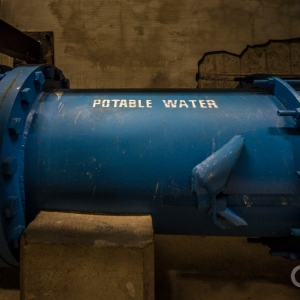
Legionnaires’ Disease Cases Soar Again, Set New Record
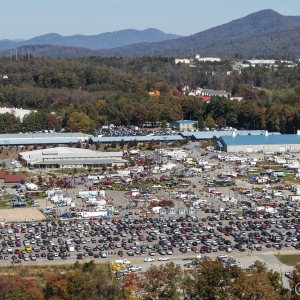
Vast Differences in Legionnaires’ Disease Response by Industry

The Rapid Rise of Legionella: Q&A with Patrick Breysse of the CDC
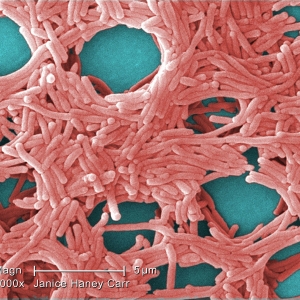
Report: Updated Laws and Collaboration Needed to Control Legionnaires’ Disease, America’s Deadliest Waterborne Illness
Rural U.S. Water Systems Struggle to Survive
The rising cost of treating municipal sewage, a result of inadequate infrastructure and heavy rainfall, is driving small, rural communities towards bankruptcy.
In North Carolina, dozens of small towns are running chronic budget deficits in their sewer system operations. Many of the towns carry similar risk factors: aging and declining populations, leaky pipes, low incomes, and sewer rates that are already some of the highest in the state. State officials took the historic step last summer of revoking a town’s charter because of an indebted sewer system.
North Carolina and other states are looking for solutions, not only for sewer systems but for drinking water also. One potential remedy is to merge failing systems with a neighboring community whose finances are on firmer ground. An example from California shows the hurdles in the path of those mergers.

In Louisiana, Officials Pursue Fixes for Indebted, Failing Water Systems
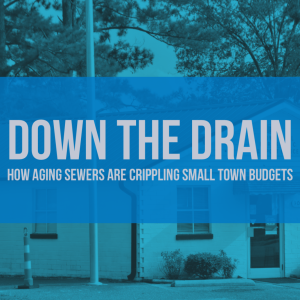 https://www.circleofblue.org/wp-content/uploads/2019/10/adobe-spark-post-2.png
1067
1600
Brett Walton
https://www.circleofblue.org/wp-content/uploads/2018/06/Circle-of-Blue-Water-Speaks-600x139.png
Brett Walton2019-10-17 05:00:202020-08-04 13:59:38Leaky Sewers Plunge Small North Carolina Towns into Financial Crisis
https://www.circleofblue.org/wp-content/uploads/2019/10/adobe-spark-post-2.png
1067
1600
Brett Walton
https://www.circleofblue.org/wp-content/uploads/2018/06/Circle-of-Blue-Water-Speaks-600x139.png
Brett Walton2019-10-17 05:00:202020-08-04 13:59:38Leaky Sewers Plunge Small North Carolina Towns into Financial Crisis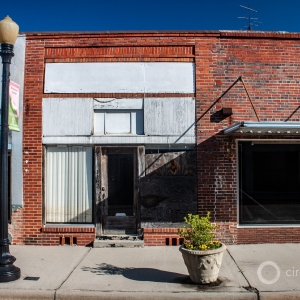 https://www.circleofblue.org/wp-content/uploads/2019/05/2019-05-07-USA-North-Carolina-Fair-Bluff-BWalton-IMG_5254-2500.jpg
1600
2400
Brett Walton
https://www.circleofblue.org/wp-content/uploads/2018/06/Circle-of-Blue-Water-Speaks-600x139.png
Brett Walton2019-06-05 12:10:002020-08-04 14:01:44Aging Sewer System Imperils North Carolina Town’s Finances
https://www.circleofblue.org/wp-content/uploads/2019/05/2019-05-07-USA-North-Carolina-Fair-Bluff-BWalton-IMG_5254-2500.jpg
1600
2400
Brett Walton
https://www.circleofblue.org/wp-content/uploads/2018/06/Circle-of-Blue-Water-Speaks-600x139.png
Brett Walton2019-06-05 12:10:002020-08-04 14:01:44Aging Sewer System Imperils North Carolina Town’s Finances https://www.circleofblue.org/wp-content/uploads/2019/05/2019-05-07-USA-North-Carolina-Fair-Bluff-BWalton-IMG_5252-2500.jpg
1600
2400
Brett Walton
https://www.circleofblue.org/wp-content/uploads/2018/06/Circle-of-Blue-Water-Speaks-600x139.png
Brett Walton2019-06-05 12:08:232019-11-19 10:37:29The Rural Dilemma: Q&A With Al Leonard, Fair Bluff Town Manager
https://www.circleofblue.org/wp-content/uploads/2019/05/2019-05-07-USA-North-Carolina-Fair-Bluff-BWalton-IMG_5252-2500.jpg
1600
2400
Brett Walton
https://www.circleofblue.org/wp-content/uploads/2018/06/Circle-of-Blue-Water-Speaks-600x139.png
Brett Walton2019-06-05 12:08:232019-11-19 10:37:29The Rural Dilemma: Q&A With Al Leonard, Fair Bluff Town Manager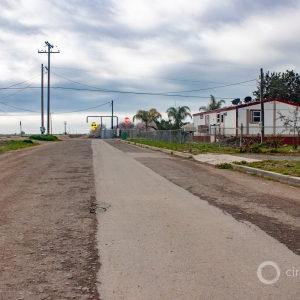
In Bid for Cleaner Water, California Seeks Arranged Utility Marriages
Global Water Disruptions
Where will the water come from? The people of New South Wales are asking that question as the southeast Australian state suffers its worst drought on record. Not yet in the depths of the southern hemisphere summer, when temperatures soar and rain is negligible, some communities are already trucking in water due to dry reservoirs and rivers.
Even where water should be plentiful, or at least sufficient, there is scarcity. For Chennai, which saw its two main reservoirs all but dry up in June, the drought crisis is compounded by a self-inflicted wound. Rapid urban development in southern India’s IT hub has damaged water-storing wetlands and lakes.
Natural systems are degrading elsewhere, as the UN’s climate panel warned in a report on mountain and polar regions. Melting ice is resulting in diminished water for irrigation and unstable mountain terrain while also increasing the risk of destructive flooding.
“Taken together, these changes show that the world’s ocean and cryosphere have been taking the heat from climate change for decades,” said Ko Barrett, vice chair of the Intergovernmental Panel on Climate Change, the scientific panel that produced the report. “The consequences for nature and humanity are sweeping and severe.”
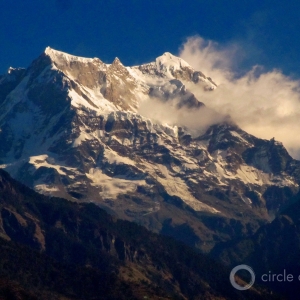
Mountain Regions, ‘Taking the Heat,’ Face Growing Hazards As Ice Melts, UN Climate Panel Warns
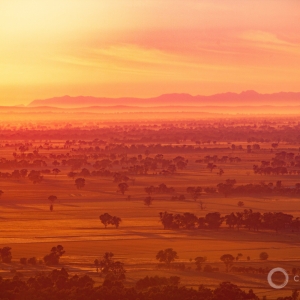
In Australia, Echoes of Past, Glimpses of Future As Country Braces for Hot, Dry Summer
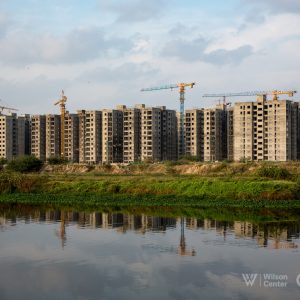
Reservoirs in Parched Chennai, City of Millions, Are Dry. Can Better Forecasting Avert Future Crises?
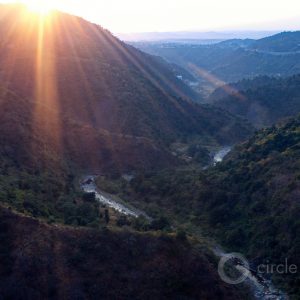
With Rising Temperatures, Stark Changes Ahead for Asia’s Water Tower

Water and Climate Hazards Again Highlight World Economic Forum Risks Report
Post-Disaster “Recovery”
What is the next center of population and commerce to be roiled by a severely constricted water supply?
It’s an urgent question. Climate change is loosening the bounds of the possible, for both flood and drought. Cities are growing at breakneck pace. And yet, according to water researchers, advance warning of urban water crises — the failures that could arise in specific cities in the next few months or two years — has proved achingly elusive to forecast globally with analytical rigor and accuracy. The stakes for accurate assessments couldn’t be higher.
“It’s an existential question for cities,” Betsy Otto, director of World Resources Institute’s Global Water Program, told Circle of Blue.
But it is not only water scarcity that poses an existential water threat to cities.
The aftermath of the Camp Fire that burned down the town of Paradise, California, marked a new chapter in post-disaster recovery. Beneath the blast furnace heat that incinerated buildings and vehicles above ground, an intricate network of drinking water pipes below the surface became so contaminated with toxic chemicals that many of the pipes are unusable.
The people of Fair Bluff, meanwhile, are wondering what recovery really means in an era of powerful storms. The small town on the North Carolina coastal plain was flooded by hurricanes twice in three years. One-third of its residents have not returned. The only business to have reopened in the flooded downtown is the U.S. Post Office.
“The town is just in bad shape,” one resident told Circle of Blue.
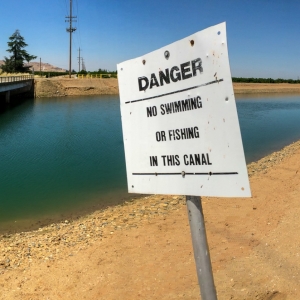
The Next Urban Water Crisis? Inadequate Data Clouds the Forecast
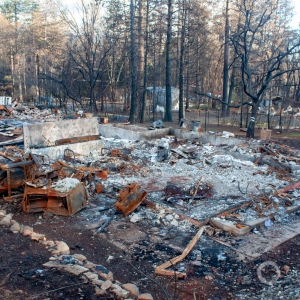
Plumbing Experts Question California’s Post-Fire Water Testing Guidance
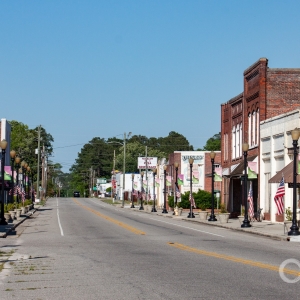 https://www.circleofblue.org/wp-content/uploads/2019/05/2019-05-07-USA-North-Carolina-Fair-Bluff-BWalton-IMG_5289-2500.jpg
1416
2400
Brett Walton
https://www.circleofblue.org/wp-content/uploads/2018/06/Circle-of-Blue-Water-Speaks-600x139.png
Brett Walton2019-06-05 12:12:452021-09-02 15:31:58Two Hurricanes, Two Floods: North Carolina Town Fights To Stay Alive
https://www.circleofblue.org/wp-content/uploads/2019/05/2019-05-07-USA-North-Carolina-Fair-Bluff-BWalton-IMG_5289-2500.jpg
1416
2400
Brett Walton
https://www.circleofblue.org/wp-content/uploads/2018/06/Circle-of-Blue-Water-Speaks-600x139.png
Brett Walton2019-06-05 12:12:452021-09-02 15:31:58Two Hurricanes, Two Floods: North Carolina Town Fights To Stay Alive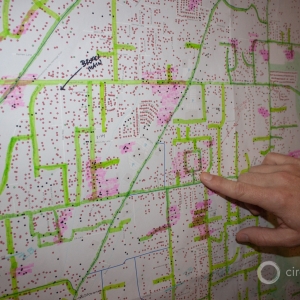
Paradise Officials Unveil $53 Million Plan to Rid Damaged Water Pipes of Contaminants

Severe Drinking Water Contamination Surfaces After Brutal Camp Fire
U.S. Groundwater
To locate sufficient supplies of fresh water, the nation’s groundwater wells are being drilled deeper and deeper, according to an analysis of more than 10 million well records since the 1950s.
Not only are they being drilled deeper, wells are being drilled in new areas. Federal data shows the continued eastward expansion of irrigation, as farmers hedge against the variability of weather and the detrimental financial repercussions of drought.
While farmers search for more underground supplies, the Clean Water Act’s role in groundwater oversight has come into play. A pollution permitting case before the Supreme Court holds national implications for cities, industries, and ecosystems.
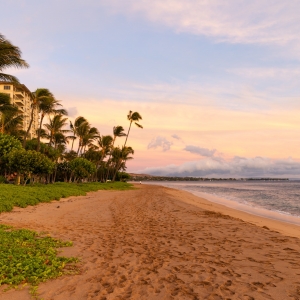
Maui Mayor Rejects Clean Water Act Settlement, Aims for Supreme Court Hearing
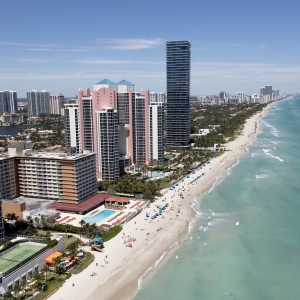
Tracking the Atlantic Ocean’s Inland Creep in Miami-Dade County
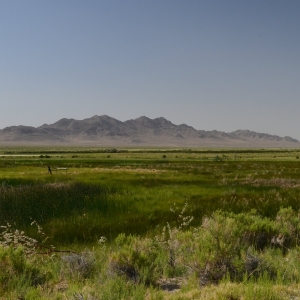
Study: Inadequate Groundwater for Current and Potential Demands in Basin Targeted by Las Vegas
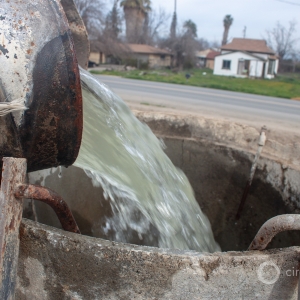
U.S. Groundwater Wells Race Towards Bottom
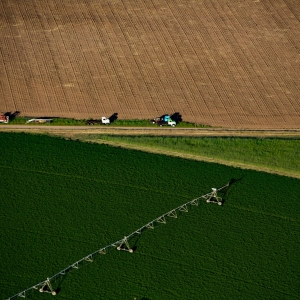
U.S. Irrigation Continues Steady Eastward Expansion
Global Groundwater
Asia’s growing cities and vast agricultural sector are contributing to a groundwater crisis that is unsettling the very land on which they sit.
Some of the most dramatic land alterations are a result of local and regional water use. Locally, groundwater pumping can cause the land to compact, lowering its elevation.
This subsidence is occurring in coastal megacities across Asia, including Bangkok, Dhaka, and Jakarta, where a sea wall protects land that is already below sea level.
Combined with rising seas, subsidence can sink coastal areas more quickly. The number of vulnerable people on Asia’s coasts is higher than previously thought, according to a Climate Central assessment.
Groundwater depletion is wreaking havoc in areas beyond the coasts. The farming districts in India’s northern Punjab state have seen groundwater levels drop precipitously in recent decades. Researchers worry, however, that a government scheme to promote solar-powered irrigation pumps, if not judiciously implemented, could worsen the decline.
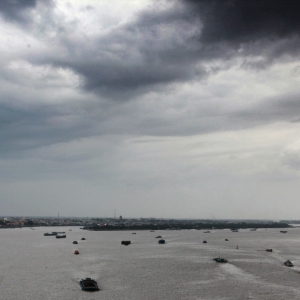
Rising Seas Threaten Tens of Millions More People with Inundation, Study Says. Even That May Underestimate the Impact
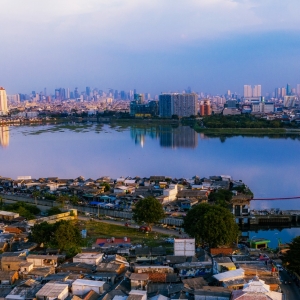
As Seas Rise, Unchecked Groundwater Use Sinks Coastal Cities
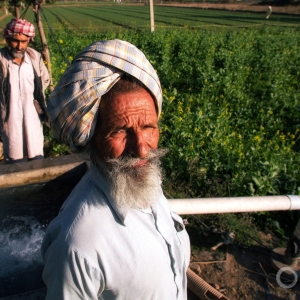
Risks to Groundwater in India’s Solar Irrigation Pump Expansion
U.S. Water Utilities Grapple With Aging Infrastructure, Rising Costs, Affordability
The country’s metropolitan centers, by and large, are forging ahead on their own, not waiting on Beltway politics to be resolved before making investments to prepare their water systems for the decades ahead.
The largest increases in water prices last year among major U.S. cities were clustered in Arizona and California, states vulnerable to drought, climate change, and other natural hazards that are poised to constrain water supplies. To prepare, cities in these states are spending billions of dollars on water recycling facilities and distribution systems.
Such large investments, and the rate increases necessary to pay for them, are calling into question the ability of poor households to keep up with the rising cost of water. Cities continue to grapple with a water-utility trilemma: balancing infrastructure investment, financial stability, and affordability of their services.
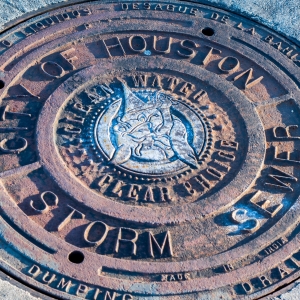
Houston Agrees to $2 Billion Sewer Fix
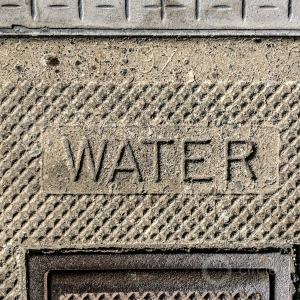
Amid Rising Water Rates, Massachusetts Cities Have Inequitable Affordability Policies, Report Finds

Price of Water 2019: Even Without Federal Infrastructure Deal, Cities Continue to Invest
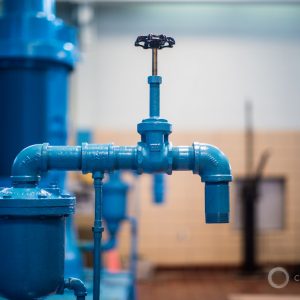
In Maryland, Vulnerability to Water Shutoffs Depends on Your Address
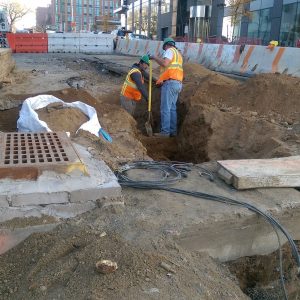
Water Utilities Call on Big Data to Guide Pipe Replacements
Oil and Gas Developments Confront Water Challenges
The Permian basin, which spans New Mexico and Texas, is the hottest play in oil these days. It is also an arid region where fossil fuel development is putting immense pressure on water resources. The intersection between water and energy, and the consequences for markets, policies, and ecosystems, is on full display.
With fossil fuel production in the Permian basin reaching ever greater heights, New Mexico lawmakers moved to clarify the legal status of the salty, chemical-laden water that gushes from wells in larger volumes than even the oil that is the object of the hunt. For every barrel of oil produced in the basin, between two and five barrels of “produced” water come out of the ground with it.
That salty water has to go somewhere. A burgeoning, multibillion-dollar industry is being constructed to dispose of that waste and, potentially, put it to use outside of the oilfields.
Not having a means for getting rid of produced water “could literally shut down the oil industry,” one industry observer told Circle of Blue.
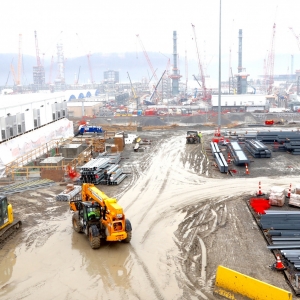
West Virginia Bets Big on Plastics, and on Backing of Trump Administration
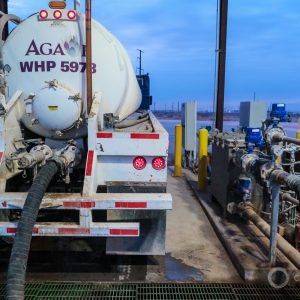
EPA Considers Options for Reuse and Discharge of Oil and Gas Wastewater
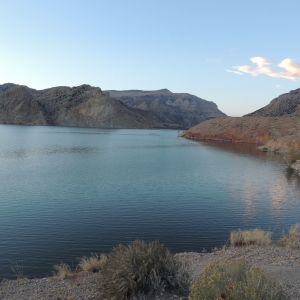
Energy Companies Eye Big Oil and Gas Expansion in Wyoming
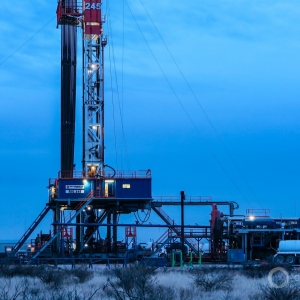
New Mexico Oil Production Is Soaring. Now What To Do With The Wastewater?
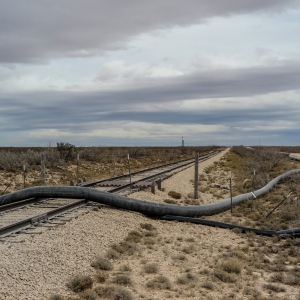
Permian Oil Boom Uncorks Multibillion-Dollar Water Play
Polluted Waters Take Toll on Health and Environment
Polluted waters are an underestimated and underappreciated global scourge.
That conclusion comes from a recently released World Bank report, whose authors claim water pollution is an “invisible crisis” that will worsen as the planet warms. Water pollution, as Richard Damania, the report’s lead author, told Circle of Blue, is “bad all around.”
Many of those pollution problems have developed over decades. In farming communities, the culprit is nitrate concentrations, which are rising in private wells. Elsewhere in the United States, the health risks from toxic “forever” chemicals, known collectively as PFAS, are forcing regulators to consider new drinking water standards.
Attempts to meet water challenges have unleashed their own set of perils. The waste product from desalination is growing too large to ignore, argues a paper from a United Nations think tank that provides the first estimate of global brine production from desalination.
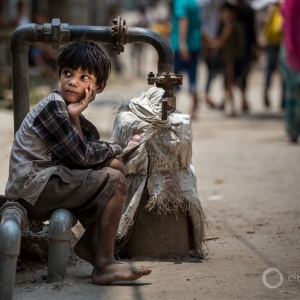
Climate Change Magnifies Health Risks at Every Stage of Life
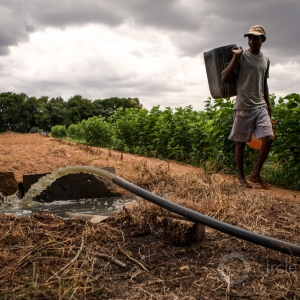
Costs of Water Pollution, a Global Scourge, ‘Underestimated and Underappreciated’
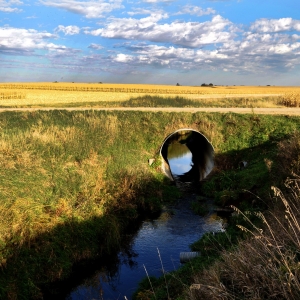
Nitrate Pollution Rising In Private Wells in Iowa
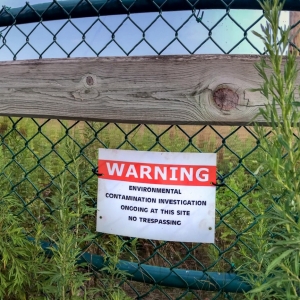
EPA Says It Will Regulate Two PFAS Chemicals in Drinking Water

Desalination Has a Waste Problem
HotSpots H2O
Water is both a source of tension and a casualty of war. In the end, it is the people who suffer.
Circle of Blue’s weekly HotSpots series highlights areas in which water access plays a role in civic upheaval and armed conflict.
A political standoff in Venezuela this year plunged a nervous citizenry deeper into misery and deprivation. Mismanaged infrastructure produced power outages, disease outbreaks, and unreliable water service.
Allegations of mismanagement and corruption were also leveled in Zimbabwe, where two reservoirs that supply the capital Harare went dry during a drought, cutting municipal water service to an estimated two million people.
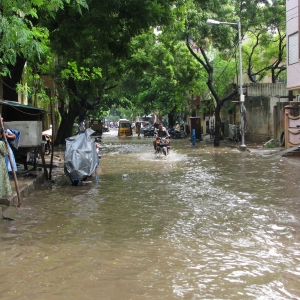
HotSpots H2O: India’s Monsoon Season, Wettest in 25 Years, Comes to an End
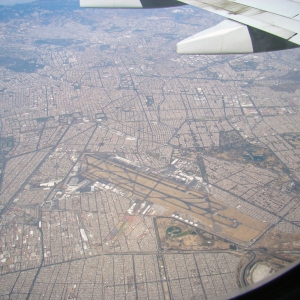
HotSpots H2O: Locals, Citing Water Concerns, Resist Mexico City Airport Plan

HotSpots H2O: Taps Run Dry for Millions in Zimbabwe’s Capital
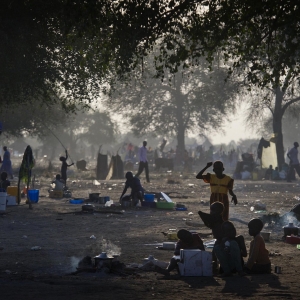
HotSpots H2O: South Sudanese Dying from Thirst and Water-Related Violence
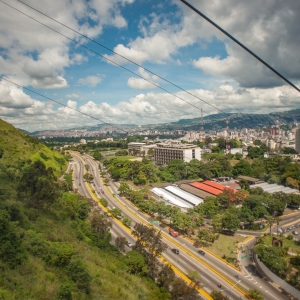
HotSpots H2O: Worst-Ever Power Outage Deepens Venezuela Water Insecurity
Brett writes about agriculture, energy, infrastructure, and the politics and economics of water in the United States. He also writes the Federal Water Tap, Circle of Blue’s weekly digest of U.S. government water news. He is the winner of two Society of Environmental Journalists reporting awards, one of the top honors in American environmental journalism: first place for explanatory reporting for a series on septic system pollution in the United States(2016) and third place for beat reporting in a small market (2014). He received the Sierra Club’s Distinguished Service Award in 2018. Brett lives in Seattle, where he hikes the mountains and bakes pies. Contact Brett Walton
Related
© 2025 Circle of Blue – all rights reserved
Terms of Service | Privacy Policy

